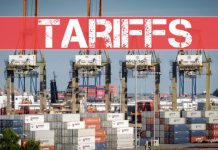By Syed Farooq Shah
The China–Pakistan Economic Corridor (CPEC) was envisioned as a once-in-a-generation opportunity to reshape Pakistan’s economy. A decade on, the roads, power plants, and transport networks stand as visible achievements. Yet the real test of CPEC was never about concrete structures — it was about whether these investments could transform Pakistan into a stronger, more export-driven, and more competitive economy.
That test remains unfinished.
Much of the investment arrived in the form of loans and sovereign guarantees, creating fiscal obligations without a matching rise in exports or industrial output. Delays in Special Economic Zones, rising electricity tariffs, and a widening trade deficit all point to an imbalance between infrastructure creation and actual economic returns.
But to write off CPEC as a failure would be shortsighted. Its foundation remains a strategic opportunity. Pakistan must now use the next phase to prioritize export-oriented industries, technology transfer, and provincial inclusion. Gwadar, SEZs, and agriculture modernization need to become engines of growth, not symbols of delay.
The lesson is clear: infrastructure is only the starting point. True transformation comes when roads, ports, and power plants lead to jobs, exports, and prosperity. For Pakistan, the task is to ensure that CPEC moves from being a story of missed chances to one of realized potential.
The writer is the Editor of Daily Independent.



































